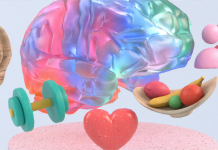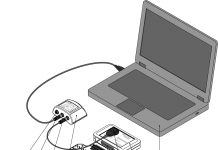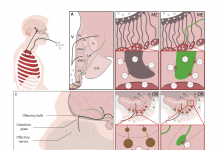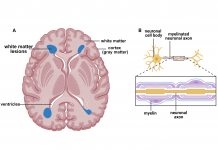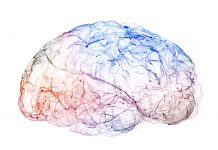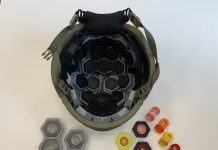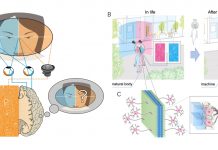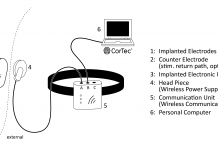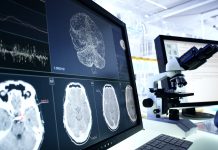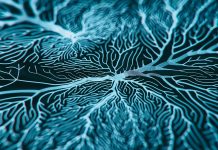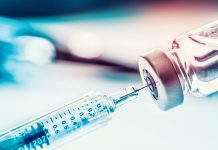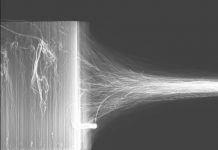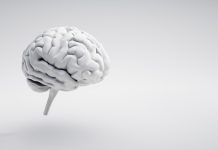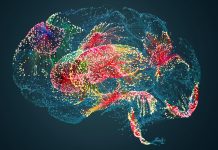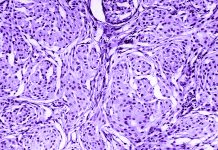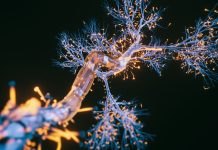Open Access Government produces compelling and informative news, publications, eBooks, and academic research articles for the public and private sector looking at health, diseases & conditions, workplace, research & innovation, digital transformation, government policy, environment, agriculture, energy, transport and more.
Home 2024
Archives
Internet-delivered cognitive behavioural therapy
Heather D. Hadjistavropoulos, Hugh C. McCall, and Jill A. B. Price, walk us through internet-delivered cognitive behavioral therapy tailored to public safety personnel.
Dementia prevention: Raising awareness about dementia and risk reduction
We hear from Dr Anthony J. Levinson, who is part of an academic group developing evidence-based online resources to complement dementia prevention strategies and support care partners.
Preparing for a clinical study on implant-enhance stroke rehabilitation
Martin Schuettler, Chief Technology Officer at CorTec GmbH, addresses key questions around the development of the company’s innovative Brain Interchange System to support stroke rehabilitation therapy.
Brain infection by SARS-CoV-2: Lifelong consequences
The WATCH team, founded to elucidate the role played by specialized brain cells called tanycytes in various physiological processes, has been investigating how and where the SARS-CoV-2 virus infects the brain, and some long-term consequences of this neuro-invasion.
What is the link between white matter lesions and neurodegeneration?
Tara M. DeSilva from the Department of Neurosciences, Cleveland Clinic, examines the link between white matter lesions and neurodegeneration.
Treatments for ADHD: Can neurotherapies help treat children and adults?
Professor Katya Rubia from the Institute of Psychiatry, Psychology, and Neurosciences at King’s College London discusses the potential of non-invasive brain therapies, including neurofeedback, as treatments for ADHD.
Advanced brain injury detection and protection
The U.S.-based PANTHER program is pioneering a physics-based approach to TBI for quantitatively and deterministically linking the physics of a head insult to the resulting biological injury response. Christian Franck and Alice Lux Fawzi discuss.
AI consciousness and neuroscientifically plausible “seamless” mind-uploading
Masataka Watanabe, Associate Professor at the University of Tokyo’s School of Engineering, examines a test for AI consciousness. He proposes it as part of a scientific approach to deciphering consciousness that leads to “seamless” mind uploading.
Options for stroke survivors: From stroke to conventional therapy
Discovery of novel treatment options for stroke survivors – requirements for implanted systems.
Exploring neurological & mental brain disorders in Europe
European Brain Council provides a very helpful update on Brain disorders in Europe – neurological and mental alike.
Psychedelic therapies: The case for a new focus in the EU’s mental health care...
Tadeusz Hawrot, Founder and Executive Director of PAREA, states the case for a new focus in the EU’s mental health care approach, that is the underserved area of psychedelic therapies.
CorTec’s Brain Interchange™ system: Revolutionizing brain therapy with closed-loop neuromodulation
CorTec’s Brain Interchange™ system offers closed-loop neuromodulation, revolutionizing brain therapy by precisely adapting treatment based on individual needs.
Potential implications of cosmetic BoNT-A use on future treatment options for neuromuscular disorders and...
Given the rise in cosmetic procedures involving BoNT-A, cosmetic physician Dr Mary Dingley discusses the therapeutic implications of antibody-induced resistance on future treatment of various conditions, including post-stroke spacticity and pain disorders.
Recording and decoding neural signals from the vagus nerve
Dominique M Durand, distinguished Professor of Biomedical Engineering, Case Western Reserve University, Cleveland Ohio, USA, discusses the study of neural signals from the vagus nerve.
How brain research is making the benefits of regular exercise accessible to all
Robert Wessells from Wayne State University looks to the brain to understand how the benefits of regular exercise can be delivered to those who are unable to move as easily.
Progress in development of disease-modifying treatments in Parkinson’s Disease
Henri Huttunen, Chief Scientific Officer, Herantis Pharma Plc, charts progress in the development of disease-modifying treatments for Parkinson’s disease.
Exploring current and future therapies for childhood astrocytoma
Here, Doctor Peter J Houghton explains current therapies for childhood brain cancer what needs to change to ensure better outcomes for children diagnosed with astrocytoma in the future.
Fostering nonhuman primate (NHP) brain research without animal sacrifice
The MacBrain Resource Center (MBRC) at Yale University School of Medicine is positioning itself at the forefront of innovative ways to provide cost-effective means for scientists to conduct de novo nonhuman primate brain research with extant materials.
Beyond amyloid: What’s next for Alzheimers disease therapeutics?
Bradlee Heckmann, PhD, from USF Health Neuroscience Institute, Byrd Alzheimer’s Center & Asha Therapeutics, in this discussion goes beyond amyloid, asking what’s next for Alzheimer’s Disease therapeutics.
Updating services for people with younger onset dementia and their caregivers
Researchers from the Jockey Club Centre for Positive Ageing analyse the services available for people with younger onset dementia, looking to improve the lives of those affected and their carers.


